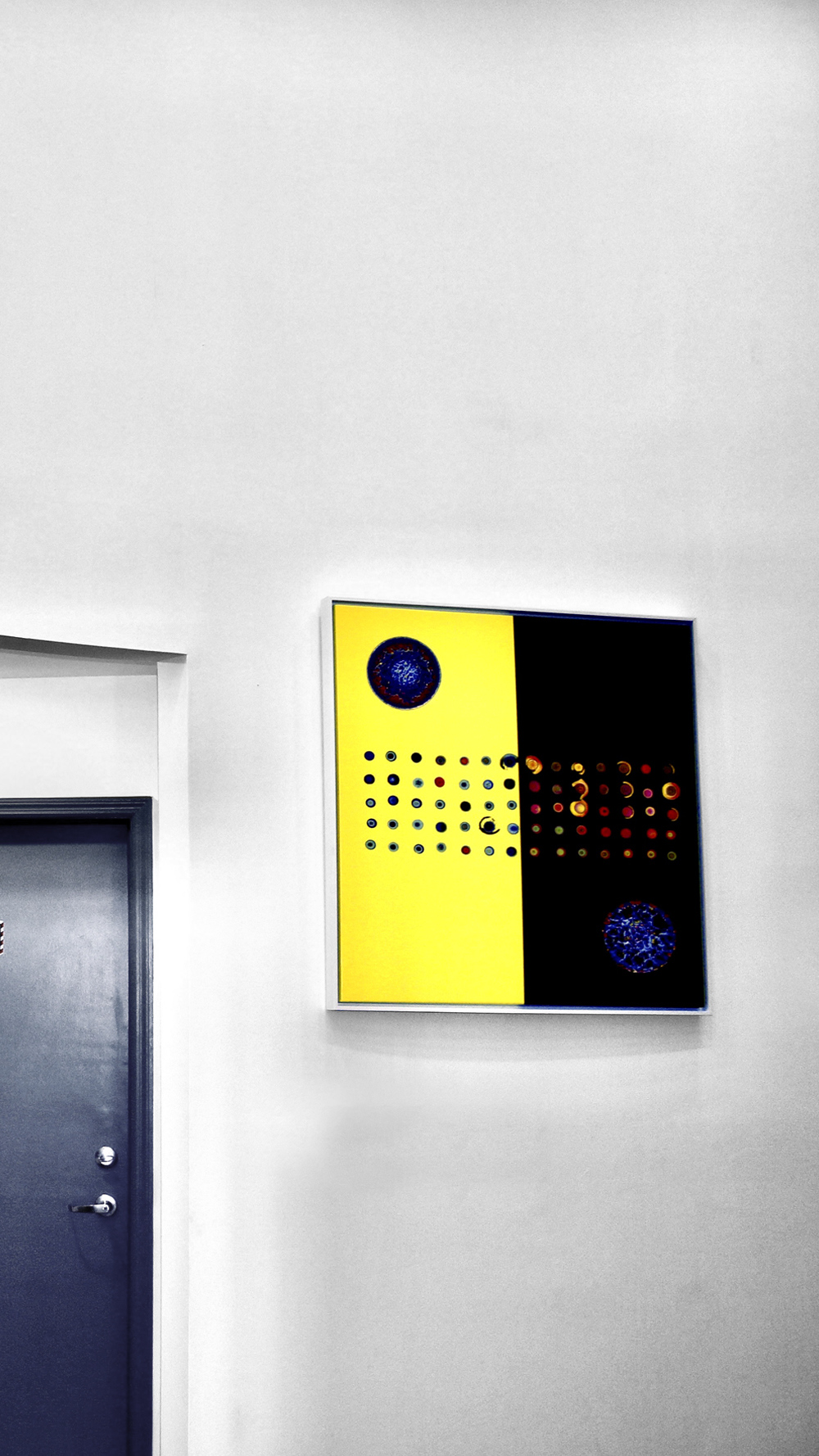Molecular Portraits
The Self, Deconstructed, and Reimagined.
In moments of rupture—technological, ecological, existential—artists often return to first principles. Not to what art looks like, but what it is.
In the 21st century, artificial intelligence, genetic sequencing, and data-intensive systems are reshaping how subjectivity is constructed, perceived, and recorded. Within this shifting landscape, Molecular Portraiture marks a critical turn: away from identity as surface or appearance, toward identity as form—material, mutable, and entangled with the architectures of scientific knowledge.
A molecule is the smallest unit of a substance that retains its chemical identity—a quiet constellation of atoms bound by invisible forces. Beneath it lie protons, neutrons, quarks, and quantum fields: the elemental scaffolding of matter itself. From this perspective, identity is not fixed; it is emergent.
Obdulio Piloto, Cuban-American scientist and artist, was the first to turn this insight inward—rendering not a likeness of the body, but its molecular trace. Rather than depict the self, he encoded it. Where Marcel Duchamp redefined art by shifting the context of objects, Piloto shifts the ontology of portraiture itself.
At the center of his practice is NUTeC (Nanoscale Unbiased Texture Capture), a sensing platform capable of detecting biological patterns beyond the threshold of human perception. Applied here, it produces not representation, but presence. In an era defined by algorithmic bias, filtered identity, and selective visibility, the pursuit of unbiased pattern becomes a radical aesthetic and epistemological act.(The Analyst, Royal Society of Chemistry, 2022; Breakout Labs).
Philosophers and neuroscientists increasingly describe the self not as a singular, stable essence, but as an emergent phenomenon—arising from distributed and layered processes: neural, molecular, environmental, and social. In this framework, selfhood is contingent and recursive—a pattern that forms, dissipates, and reforms across time and scale.
Piloto’s work does not merely illustrate this idea—it enacts it.
The self is no longer reflected, but encoded.
The body is no longer subject, but substrate.
His practice is not merely interdisciplinary.
It is interdimensional.
.
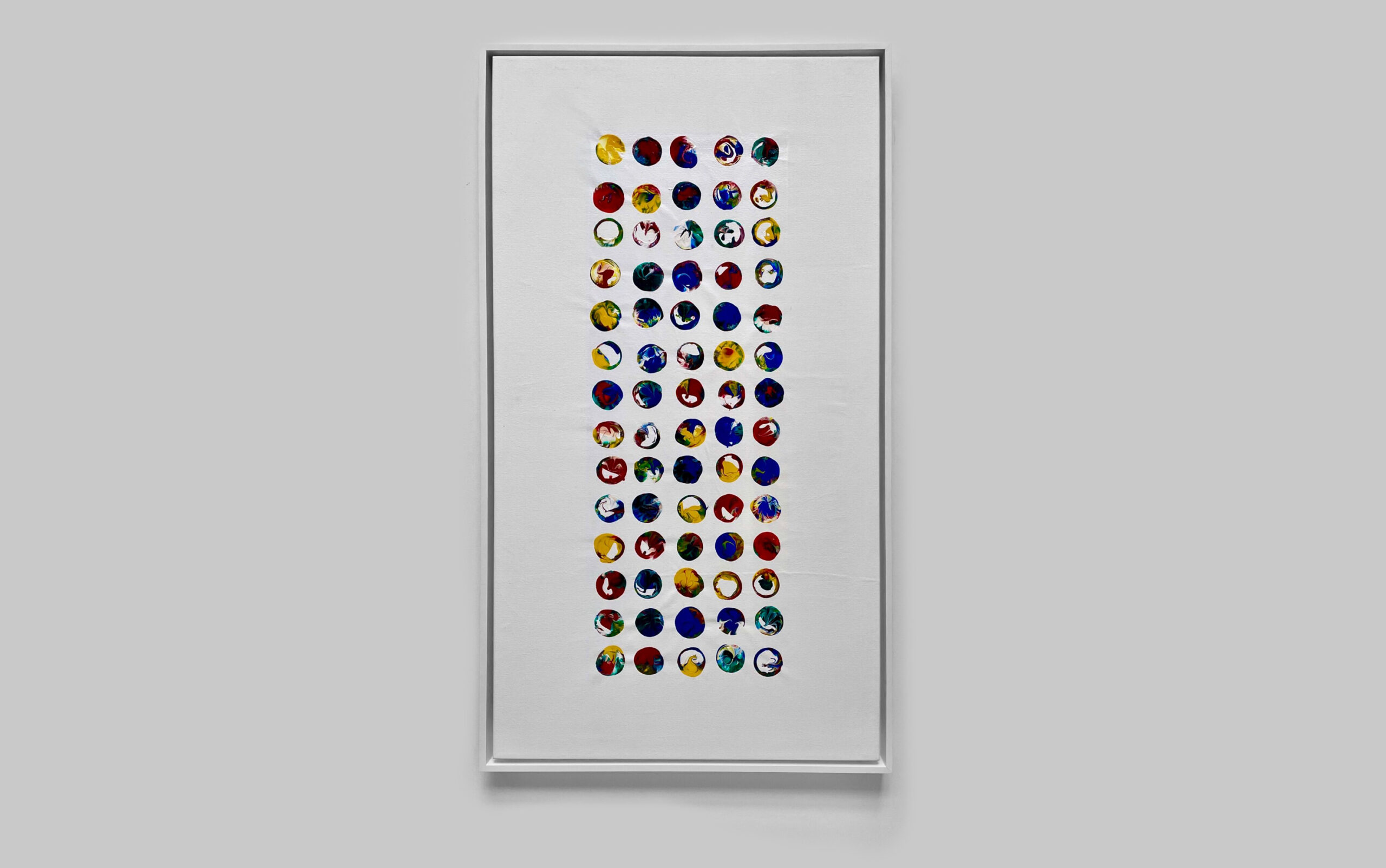
A NEW PORTRAIT
Each image begins with a biofluid sample (such as blood), processed through a proprietary technique called NuTEC—Nanoscale Unbiased TExture Capture—developed by the artist himself.
Through a series of chemical transformations, molecules bind to a specialized slide, producing 70 distinct “dots.” These are heat-treated and scanned to generate vivid, color-rich textures—raw data transformed into abstraction, identity redefined as pattern.
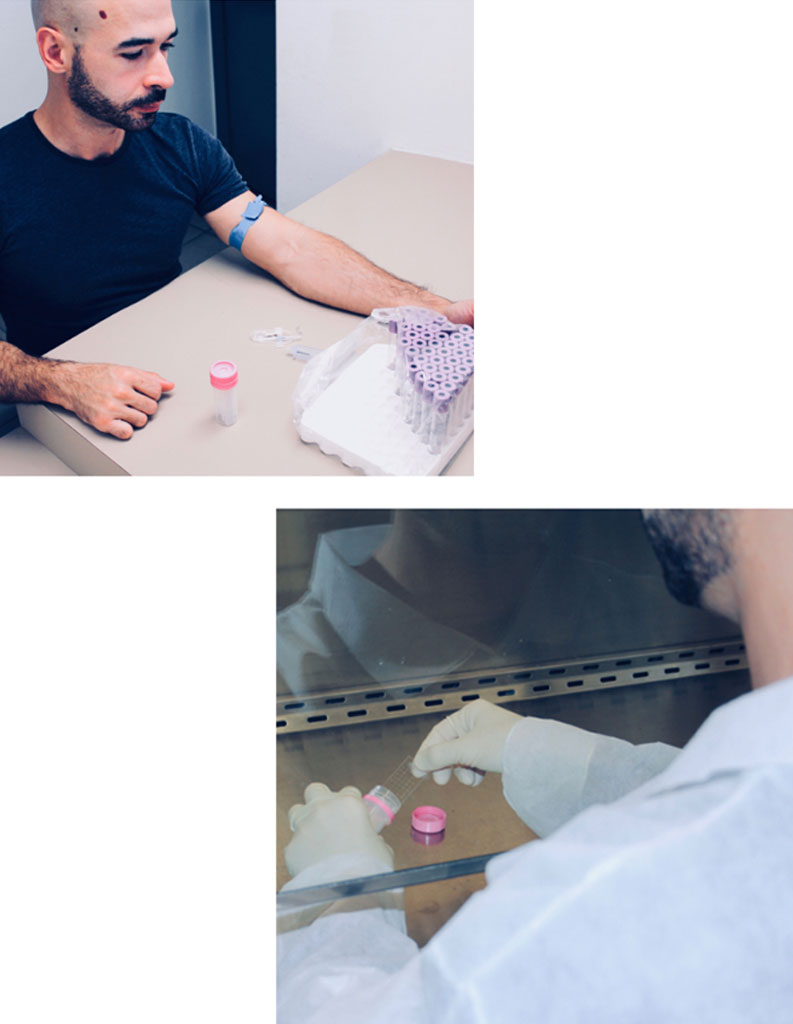
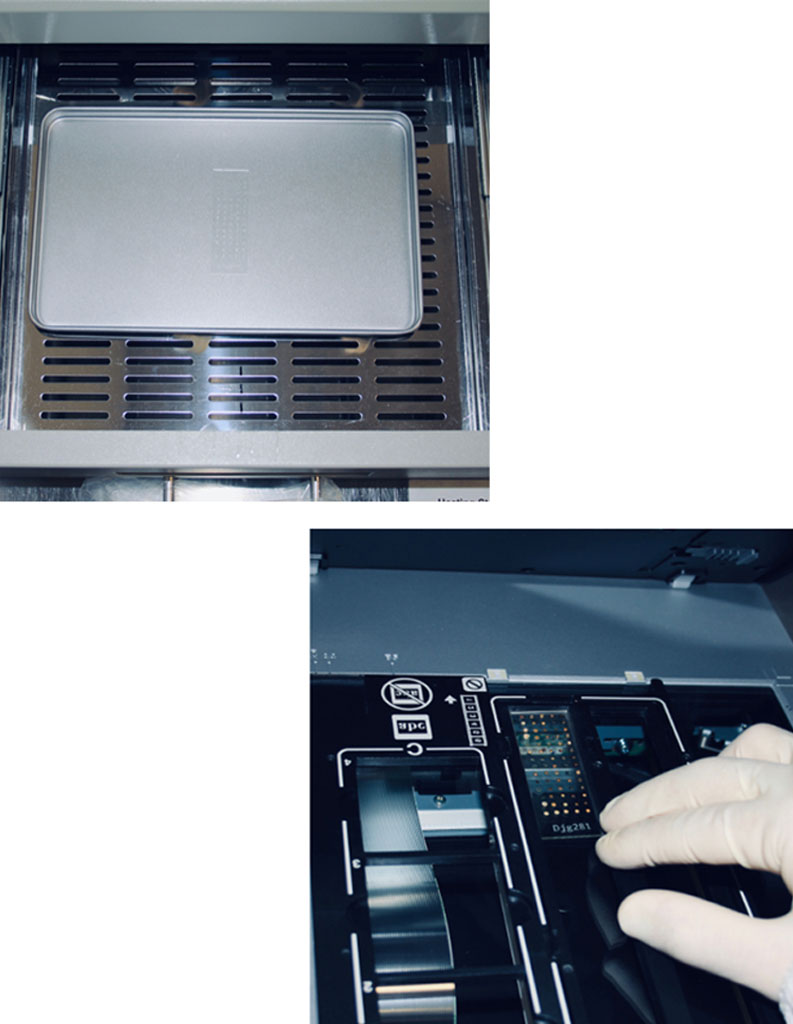

The final portrait is intimate, unrepeatable.
RADICALLY ABSTRACT
70 “dots”
Molecular Portraits strip away the cultural, racial, and social constructs we project onto the human image.
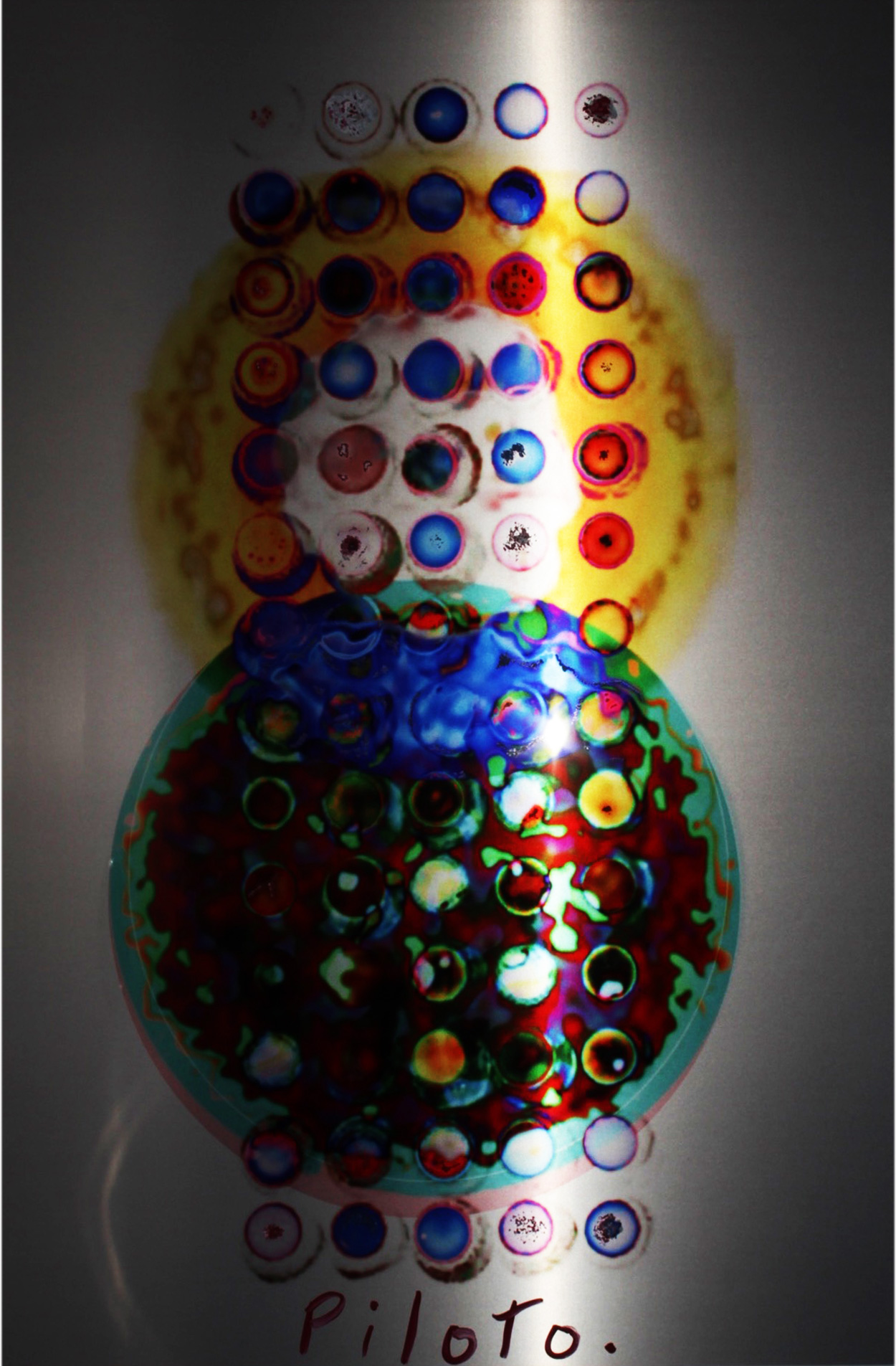
Self-Portrait
Obdulio Piloto
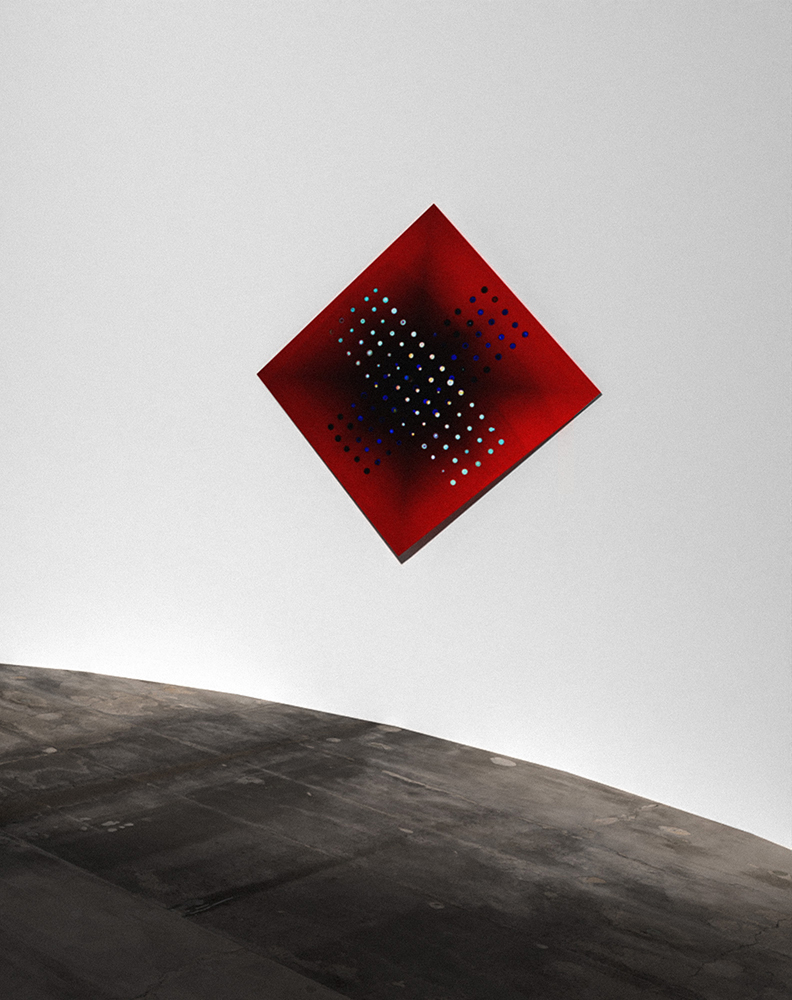
Deep Love
Obdulio Piloto
Entangled molecular portrait
of two lovers—captured as one.
HOPE: BREAST CANCER
Obdulio Piloto
Before and after molecular portrait of a breast cancer survivor.
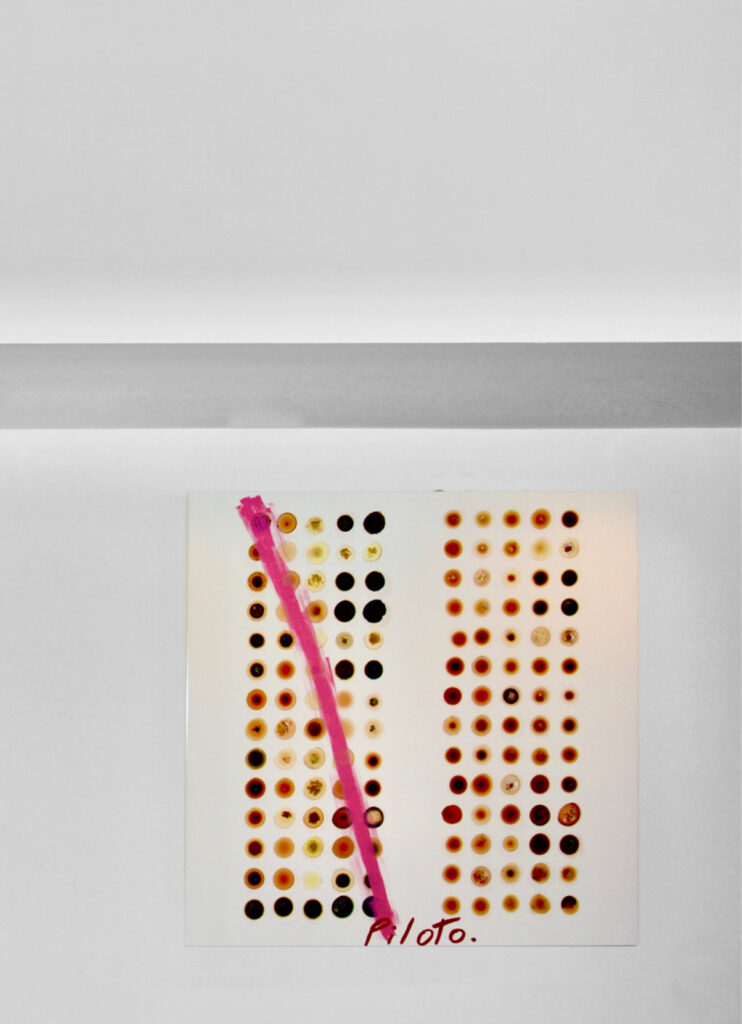
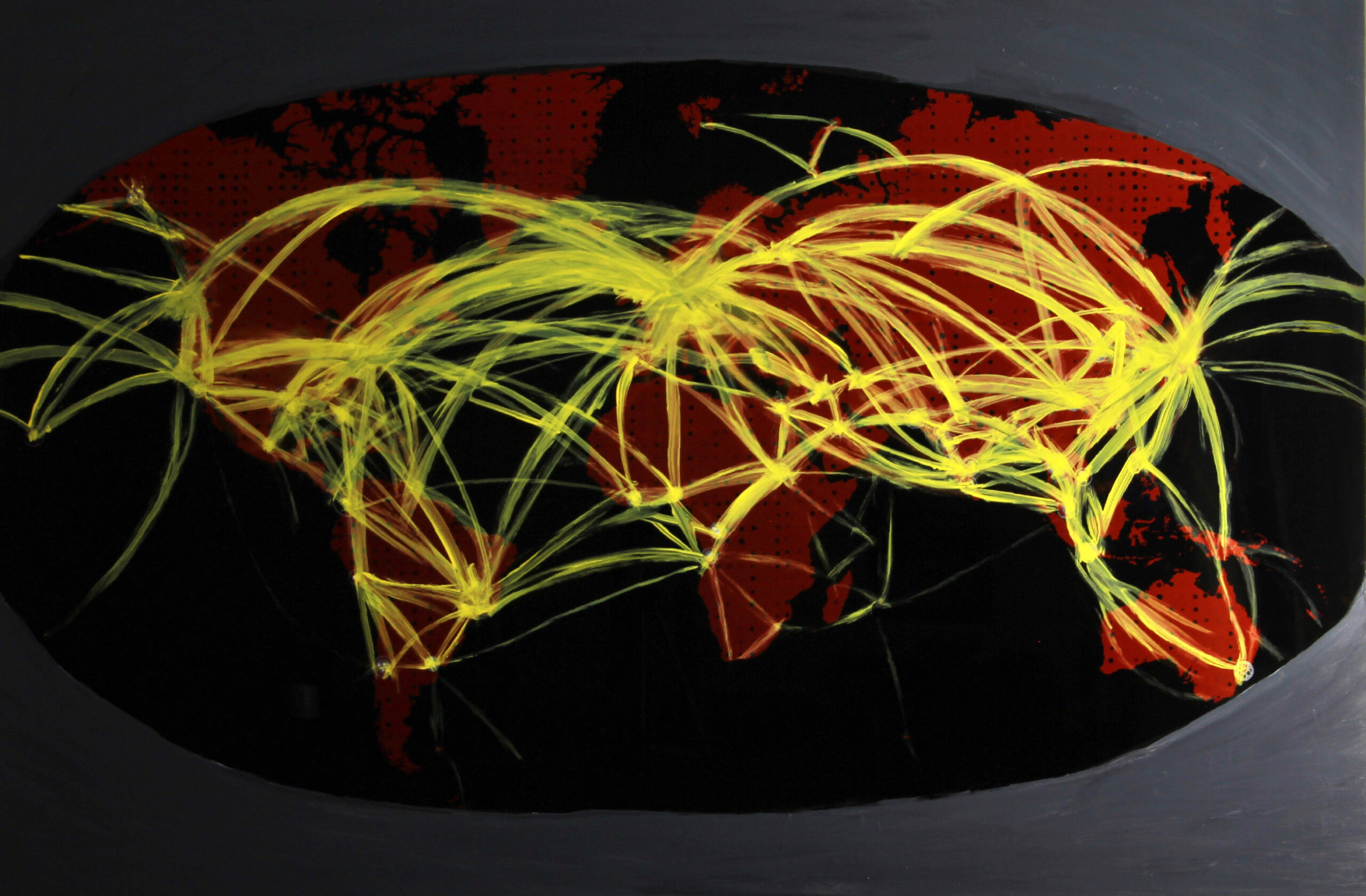
Pandemic, 2018
Obdulio Piloto
A portrait of the microscopic force that would alter the course of humanity—rendered before it became history.
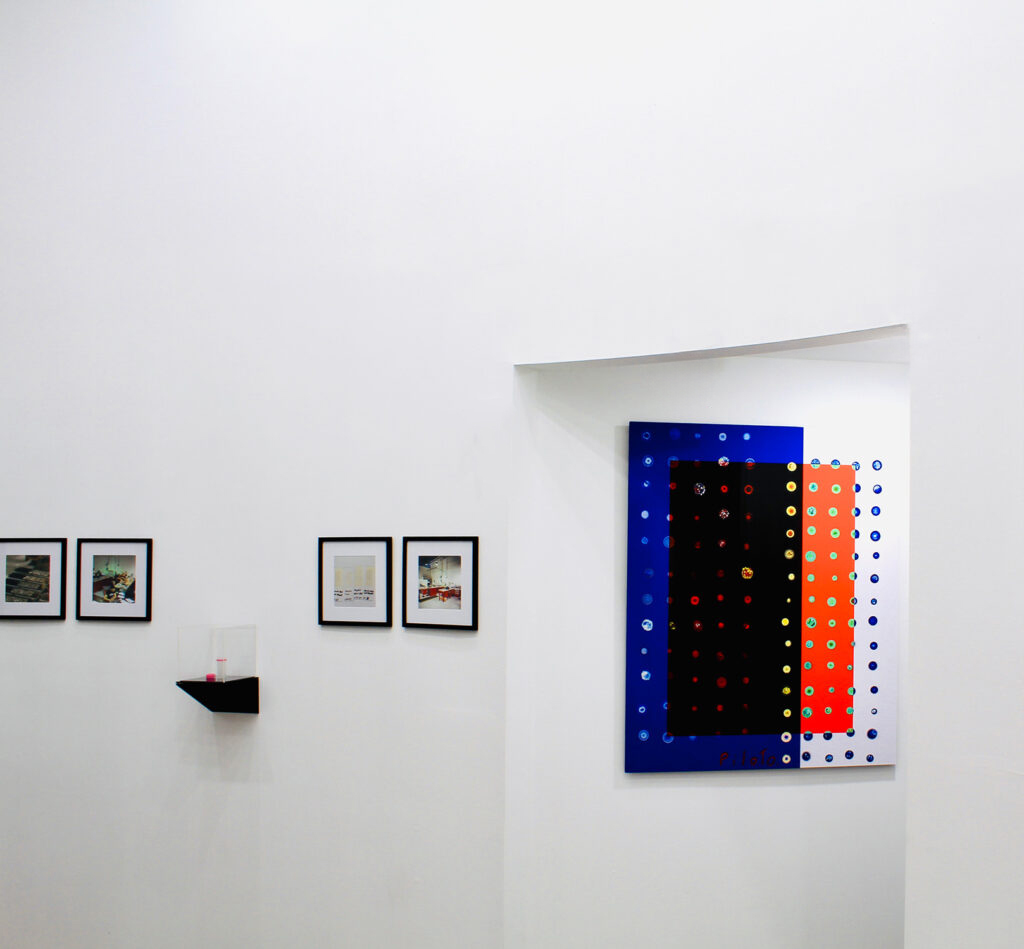
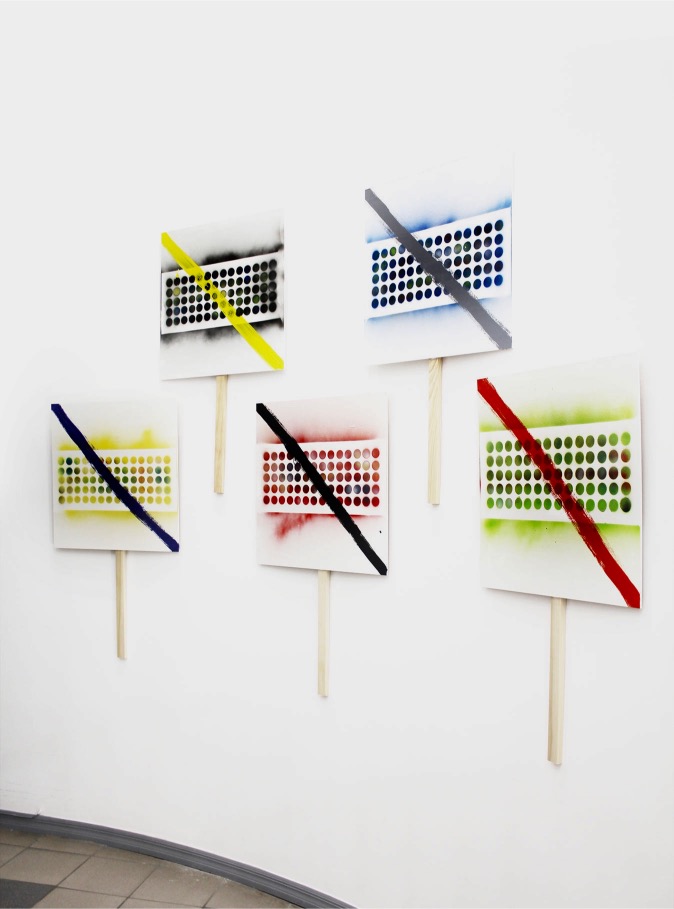

EXHIBITIONS
Mass Destruction explored the legacy of Dr. Fritz Haber—whose invention of synthetic fertilizer enabled population growth, but whose methods also fueled chemical warfare. A meditation on creation, destruction, and the ethics of innovation. December 2022. — Self-Reflections was a meditation on molecular selfhood, where portraits emerged not from surface likeness but from the body’s internal code. December 2020. — Visual Commentary on American Culture interrogated power, representation, and cultural memory—asking who gets to be visible, and why. October 2020. — Feasibility & Impossibility explored the tension between scientific ambition and human limitation, highlighting the absurdity in the language of progress. September 2020. — Into the Heavens: The Rapture We May See Within Our Lifetime offered a metaphysical investigation into techno-spiritual longing, tracing the overlap of religious myth and scientific transcendence. December 2019. — Eugenics 2.0: A Capitalistic Approach confronted the dark convergence of biotech, market forces, and legacy systems of classification. October 2019. — Molecularism: The Interconnectedness of Things introduced the conceptual foundation of Molecular Portraiture as a philosophy of entanglement—across cells, systems, and belief. September 2019. — Euphoria: A Transcendental Pursuit Reflected on the ecstatic rush of scientific discovery—the sublime high that emerges when truth is unlocked at the cosmic level. A meditation on the emotional charge of knowledge itself. April 2019.
